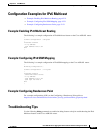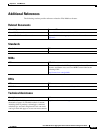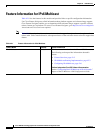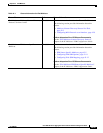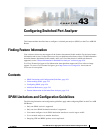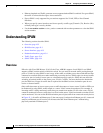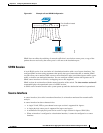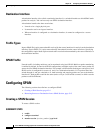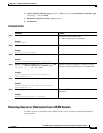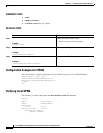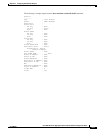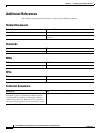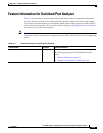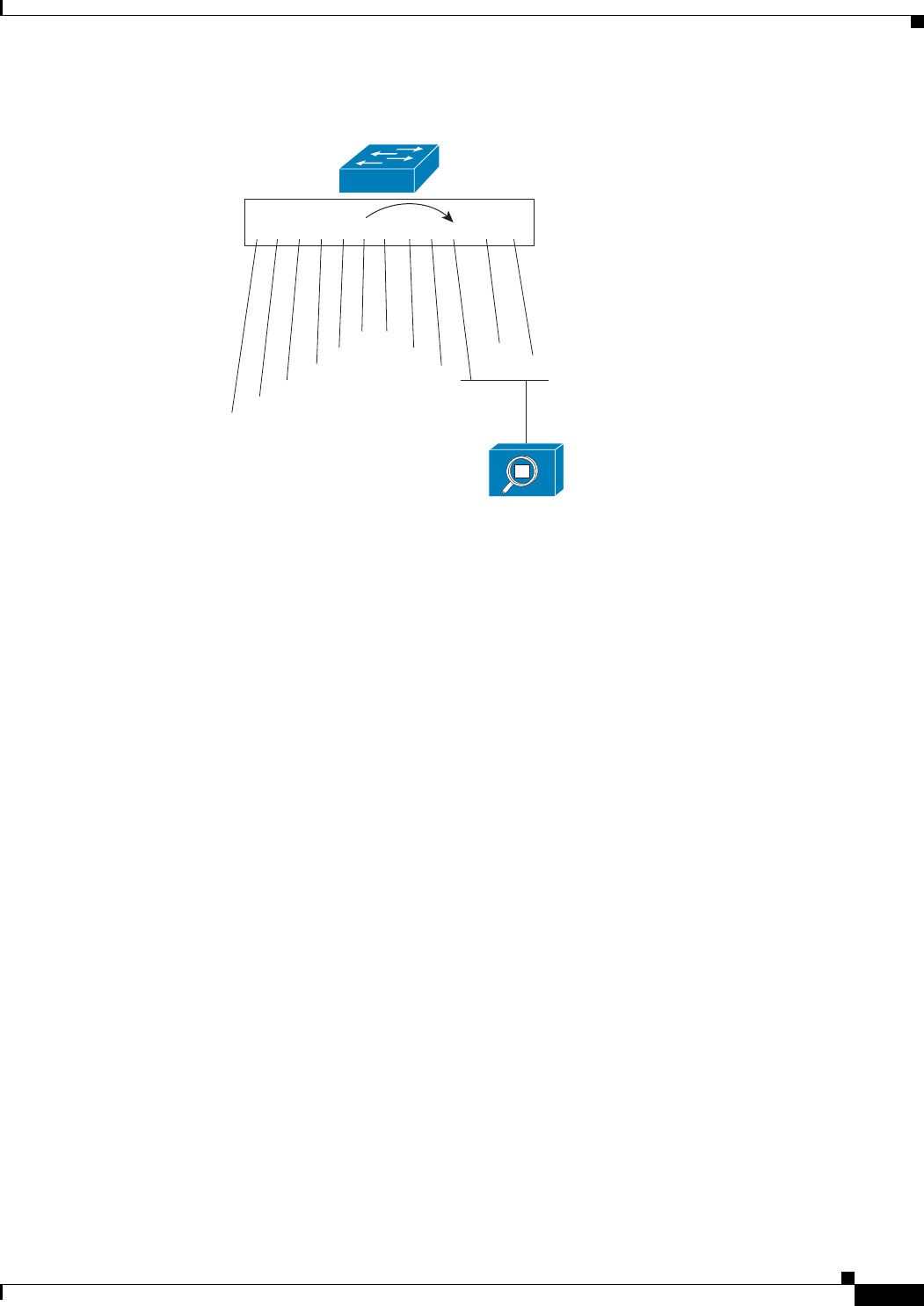
43-3
Cisco ASR 901 Series Aggregation Services Router Software Configuration Guide
OL-23826-09
Chapter 43 Configuring Switched Port Analyzer
Understanding SPAN
Figure 43-1 Example of Local SPAN Configuration
SPAN does not affect the switching of network traffic that is received on source ports; a copy of the
packets that are received by the source ports is still sent to the destination port.
SPAN Session
A local SPAN session is an association of a destination interface with a set of source interfaces. You
configure SPAN sessions using parameters that specify the type of network traffic to monitor. SPAN
sessions allow you to monitor traffic on one or more interfaces and to send either ingress traffic, egress
traffic, or both to one destination interface. You can configure a SPAN session with separate sets of
SPAN source interfaces or VLANs; overlapping sets are not supported.
SPAN sessions do not interfere with the normal operation of the switch. The show monitor session all
command displays the operational status of a SPAN session.
A SPAN session remains inactive after system power-up until the destination interface is operational.
Source Interface
A source interface (also called a monitored interface) is an interface monitored for network traffic
analysis.
A source interface has these characteristics:
• A single VLAN, EFP, or port-channel source per session is supported for ingress.
• A single physical source port is supported for ingress and egress.
• A maximum of five physical ports can be used in a single session for ingress SPAN (Rx).
• When an interface is configured as a destination interface, it cannot be configured as a source
interface.
123 45678 9101112
E1
E2
E3
E4
E5
E6 E7
E8
E9
E10
E11
E12
Port 5 traffic mirrored
on port 10
Network analyzer
361283



